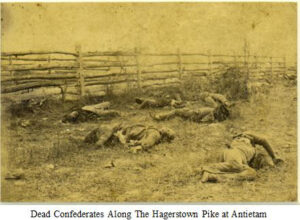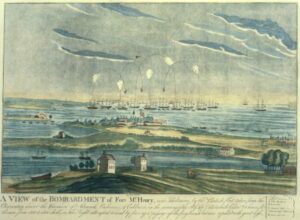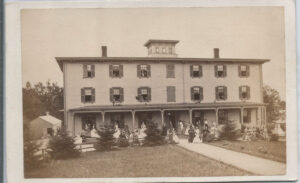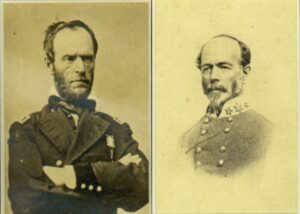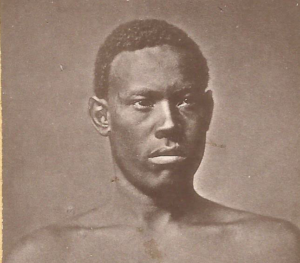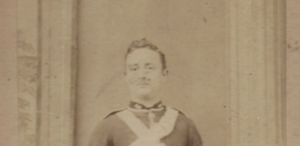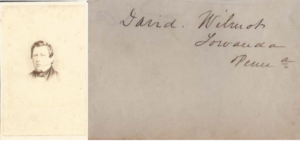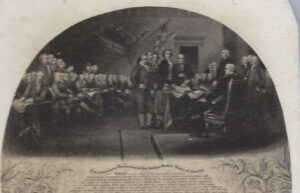John Browns Raid at Harpers Ferry
This blog will take you through the early life of John Brown and his raid at Harpers Ferry, through original photographs in our collection. John Brown is best known for his radical abolitionist views and the violence he would take to see those views become a reality. Humbling Begining for the Life of John Brown […]

